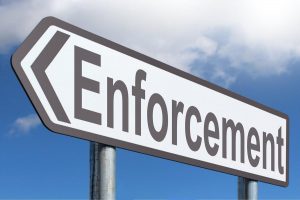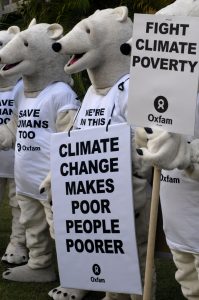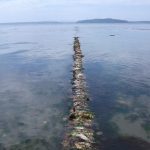Want to protect the environment and make the world a more beautiful place? But you’re overwhelmed at where to begin? There’s no need to do it alone! One of the best ways to enact social change, which can lead to institutional change, is through community enforcement. Community Enforcement, as described in Social Norms and Community Enforcement by Michihiro Kandori, is “[people] change their partners over time and dishonest behaviour against one partner causes sanctions by other members in society”. It basically means working as a community to make positive change by pushing out the negative behaviors. The changes seem invisible in the short term, but they are not. When I was first interested in protecting the environment, I volunteered at a local salmon hatchery when I was in middle school, which is one example of community enforcement. I got the opportunity to learn more about salmon runs and how to protect them from accidental harm. It was very rewarding. Beach cleanups, gardening, invasive plant removal, and decreases in littering are all other examples of community enforcement.
The great thing about community enforcement is that even kids and teens can have a say in changing social norms. This is a video of kids in Hawaii wanting to make it unacceptable to throw single use plastics away. According to Andrady and Neal in Applications and Societal Benefits of Plastics, plastic has been used since 1600 B.C.E. and is still useful today because of the health benefits that plastic can provide, to keep food and water safe for long periods of time. This may have been acceptable in 2009, but in 2050 will we still be saying that single use plastic are the best choice for keeping food and water safe? Or will community enforcement have pushed out the acceptability of throwing the trash away, where we can’t see it, where it disappears into the world without edges. The world without edges means that the world we live in doesn’t have boundaries, and our choices can affect the larger world around us. For example, if there’s an oil spill off the coast of Washington state, it could affect animals hundreds of miles away, even in different countries.
Through communities making the negative impacts on the environment by humans known, it does change others’ behaviour. This works because people are heavily impacted by the society around them, and the choices that others make. This article in The Guardian, Social norm strategies do work – but there are risks involved, points out negative attempts at changing social norms, such as through advertising. Although it doesn’t say it directly, one of the best ways to make big social changes is through making those who do the negative behaviour seem like the minority, like they are an outcast. Unfortunately, for social changes to be effective, the social norms have to be established first.
Bibliography:
Kandori, M. (1992). Social Norms and Community Enforcement. The Review of Economic Studies,59(1), 63-80. Retrieved from http://www.jstor.org/stable/2297925
Andrady, A., & Neal, M. (2009). Applications and Societal Benefits of Plastics. Philosophical Transactions: Biological Sciences, 364(1526), 1977-1984. Retrieved from http://www.jstor.org/stable/40485976
Corner, Adam (2011, December, 16). “Social Norm Strategies Do Work – but There Are Risks Involved.” The Guardian www.theguardian.com/sustainable-business/social-norm-behaviour-change.







0 Responses to “Protecting the Environment through Community Enforcement”